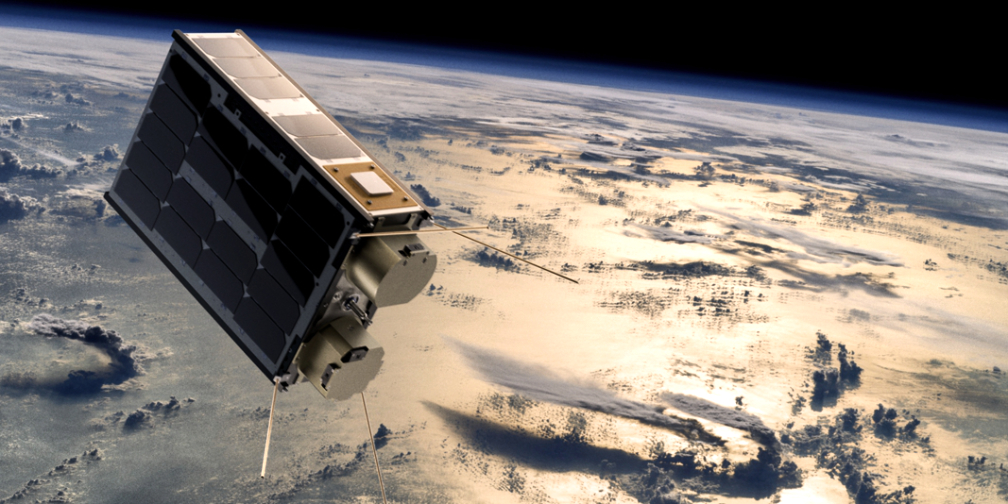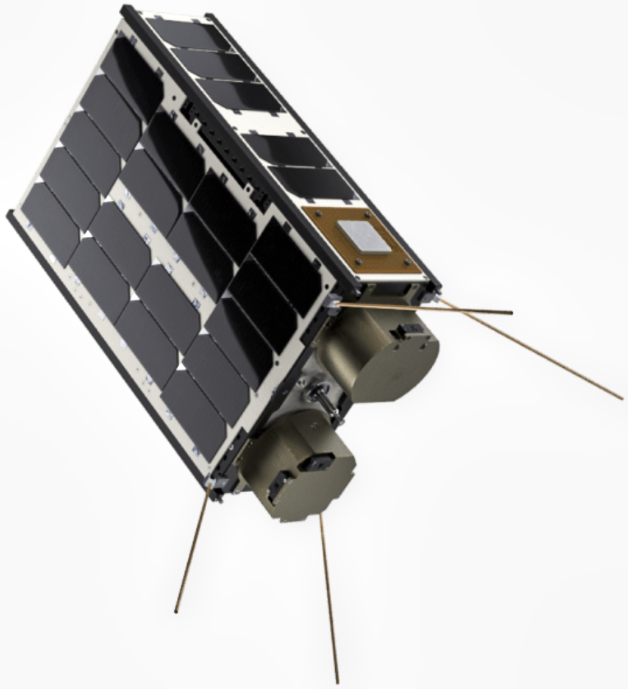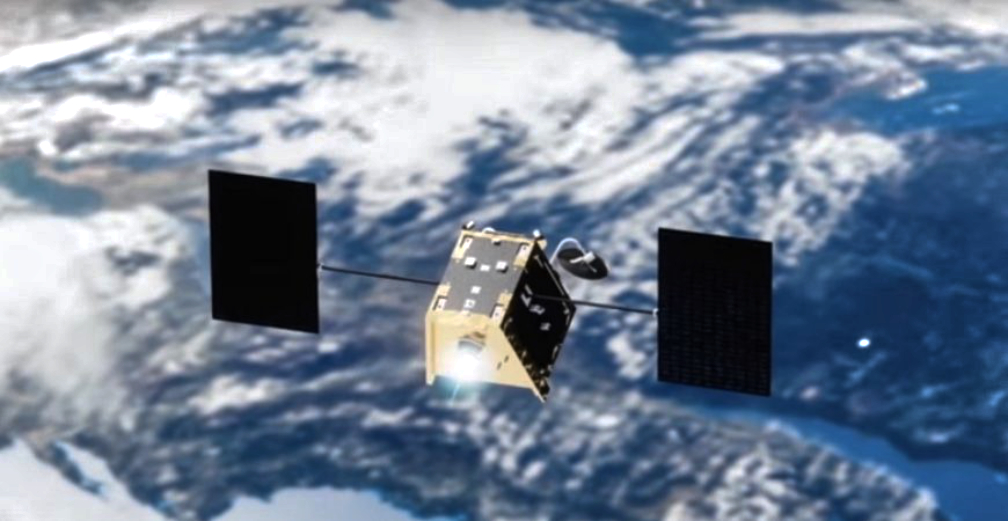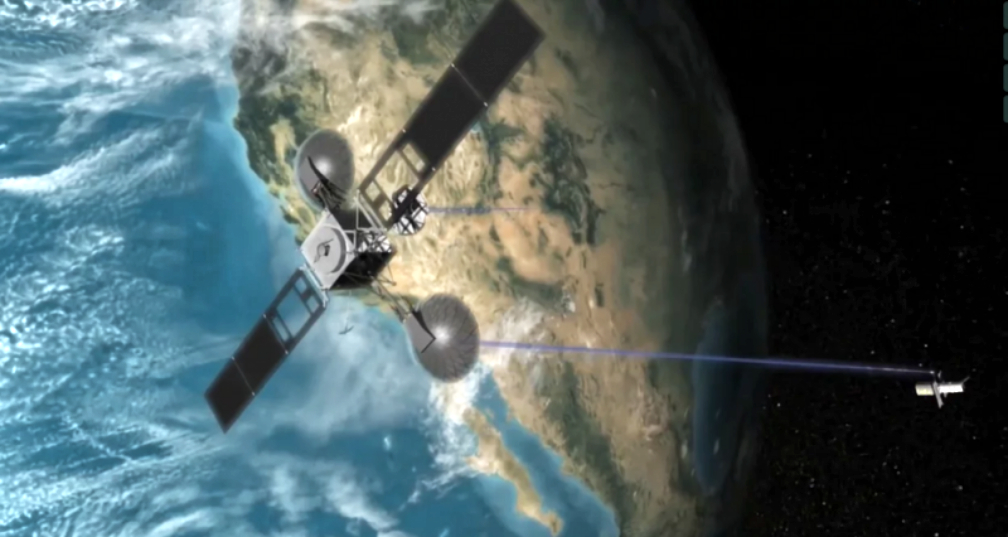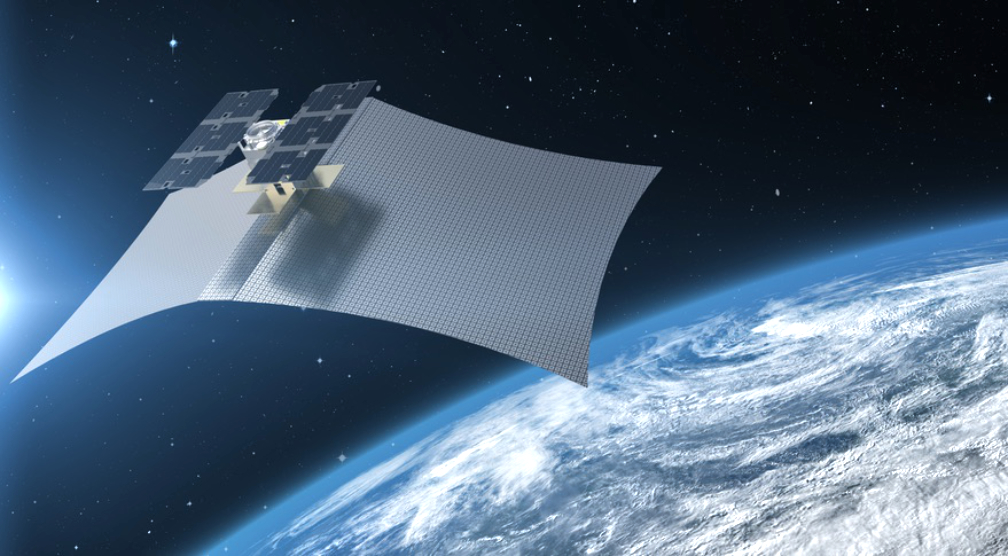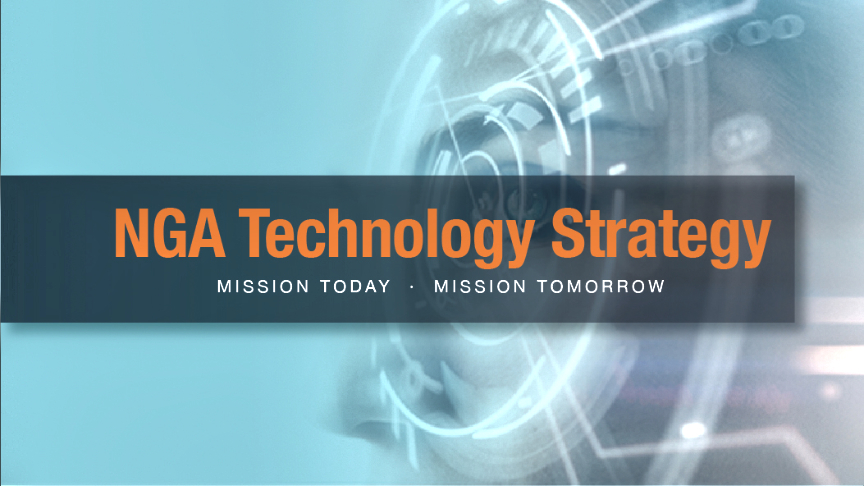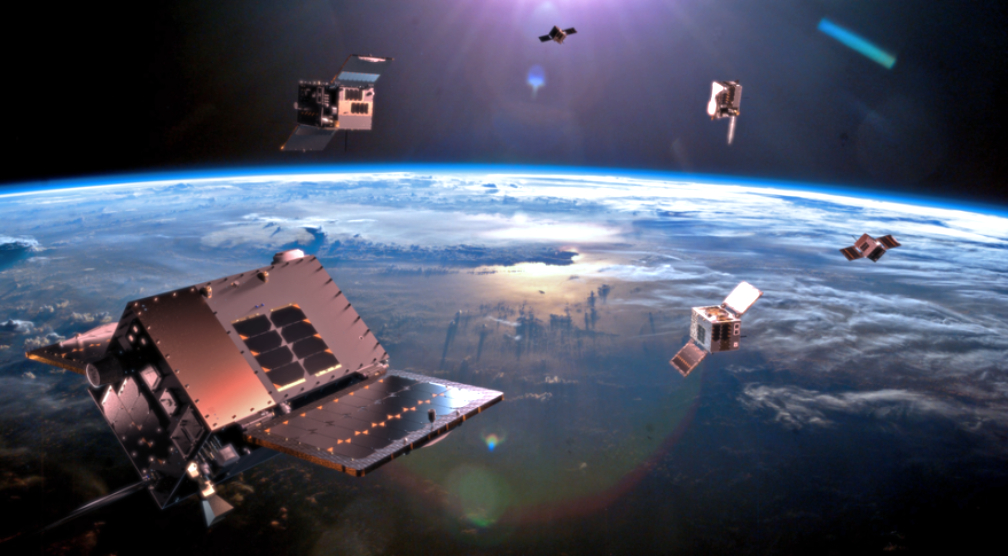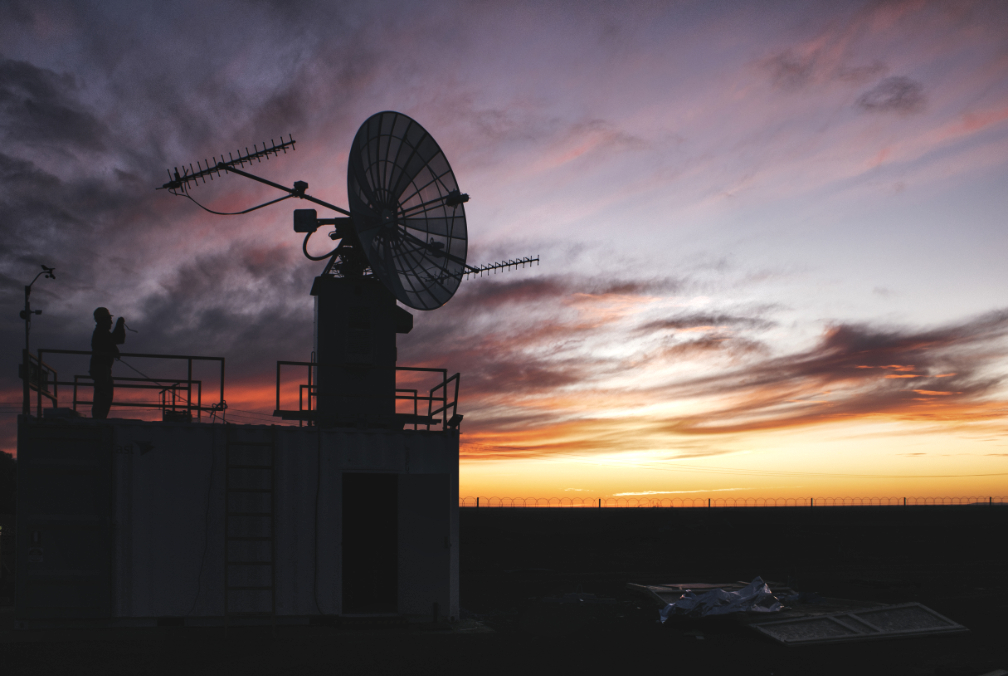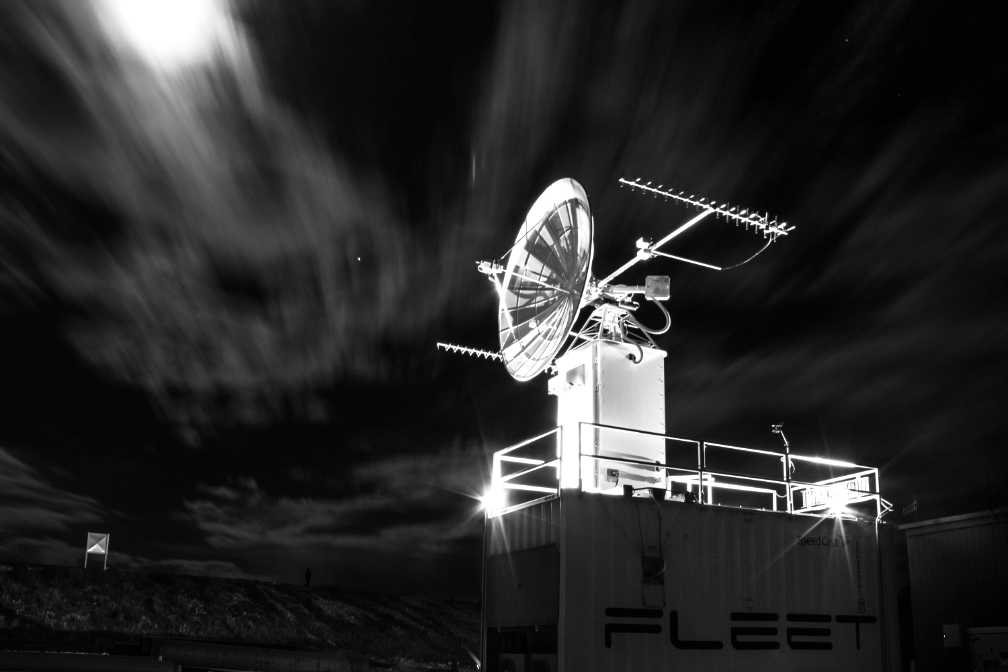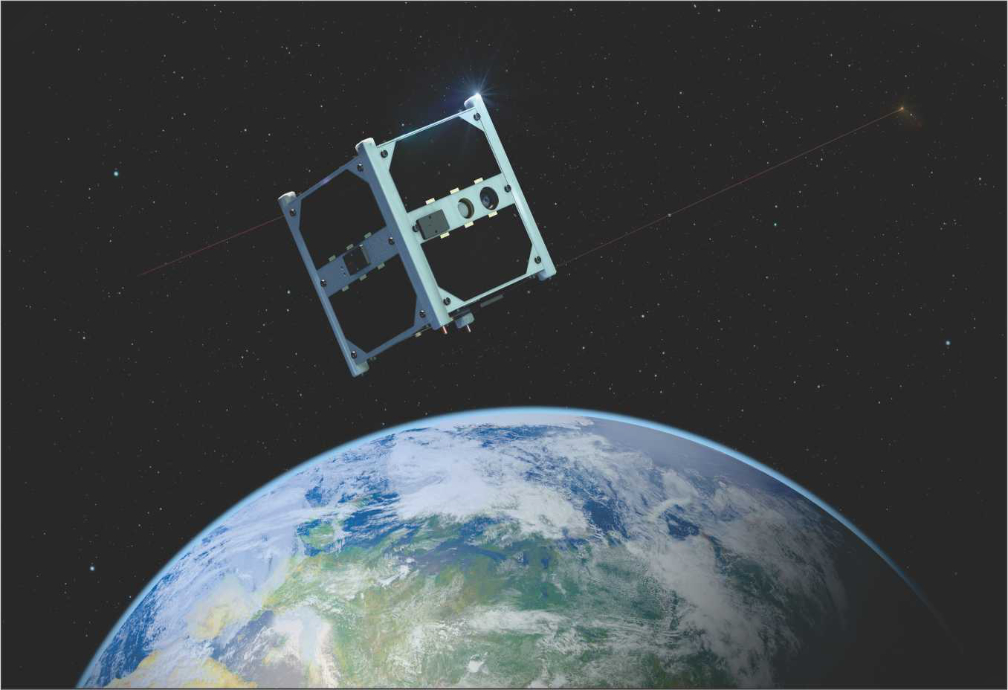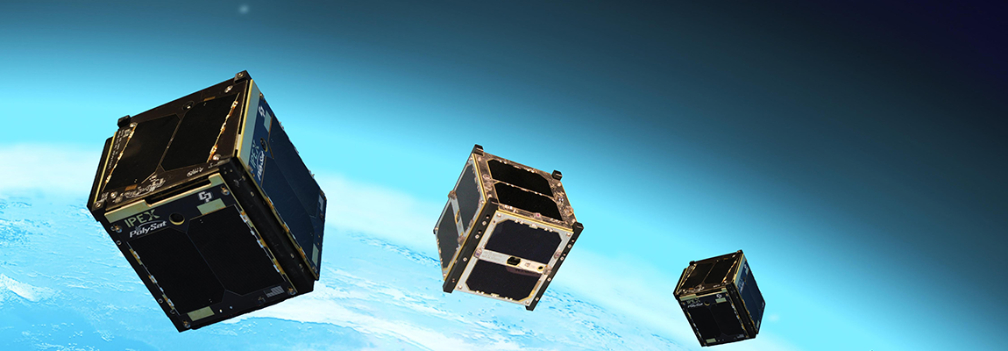
Kleos Space S.A. (ASX : KSS, Frankfort : KS1) is launching new data collecting technology (Software Defined Radio (SDR) payload) integrated in an In-Space Missions (In-Space) Faraday-1 spacecraft that will be launched into SSO from New Zealand by Rocket Lab as part of the company’s R&D program.
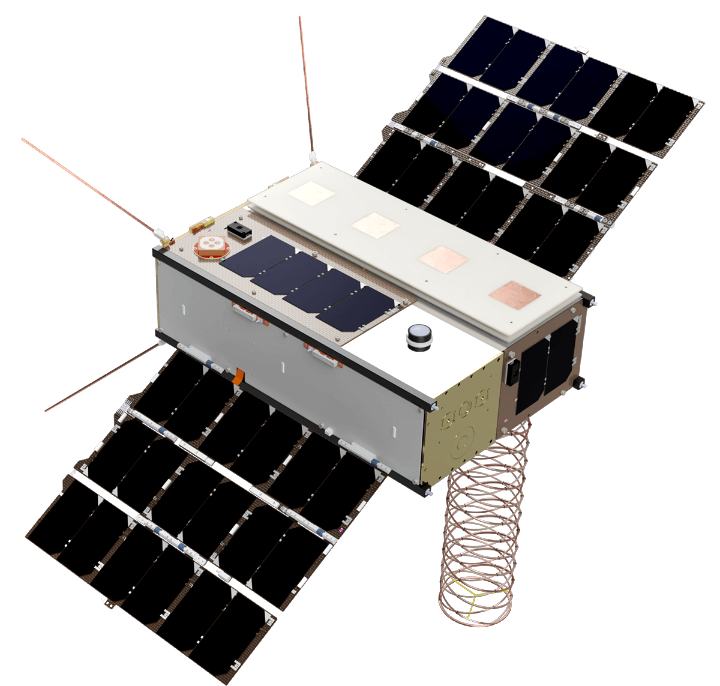
The launch of this new technology is a significant step on the company’s technology roadmap to increase the range of target markets and is in addition to the Scouting Mission Satellites awaiting launch on PSLV C49 at the Sriharikota Range in India. With more than an estimated 2 year mission life, the Kleos payload will observe the Earth in a polar orbit, collecting revenue generating data including the: detection of ship radar for defence and security applications; investigation of spectrum use and derived data services in the 2.6GHz 4G band; and a wideband spectrum survey complementing the Kleos Scouting Mission data (155-165MHz part of the spectrum).
The payload comprises a new Software-Defined Radio (SDR) which is a form of computer that can perform the task of processing signals received by the antenna and other RF circuitry. SDR’s are the primary payload on all Kleos satellites, thus this development is a key step on the Company technology roadmap to increase the number of data sets, target markets and revenue opportunities.
The hosting of the payload on the In-Space Faraday satellite will provide wide area surveillance data and serves as a demonstrator payload for enhanced Kleos satellites post Scouting Mission where clusters of four satellites provide high accuracy geolocation capability.
Executive Comments
Miles Ashcroft, CTO of Kleos Space, said, “Aside from the potential data sales to be accrued by having assets in orbit the benefits to our technology roadmap are enormous. Providing opportunities for development of the data infrastructure and delivery, insight into data use scenarios and a perspective on behaviour that allows us to improve flight operations for the Kleos Scouting Mission and inform development of subsequent missions.”
Andy Bowyer, CEO of Kleos Space, added, “It has been a pleasure to be part of this innovative service from In-Space, getting technology into Space that adds significant value to the Company and with the imminent launch of our first four satellites from India this is the start of an extremely exciting period for the Company.”
Tony Holt, CTO of In-Space, noted, “The Kleos payload is co-hosted on the first Faraday mission from In-Space where we have made use of tried and tested satellite technology to offer customers reliable and responsive low-cost access to space as a service.” Doug Liddle, CEO of In-Space said: “We look forward to supporting Kleos over the coming years on their mission and development program.”
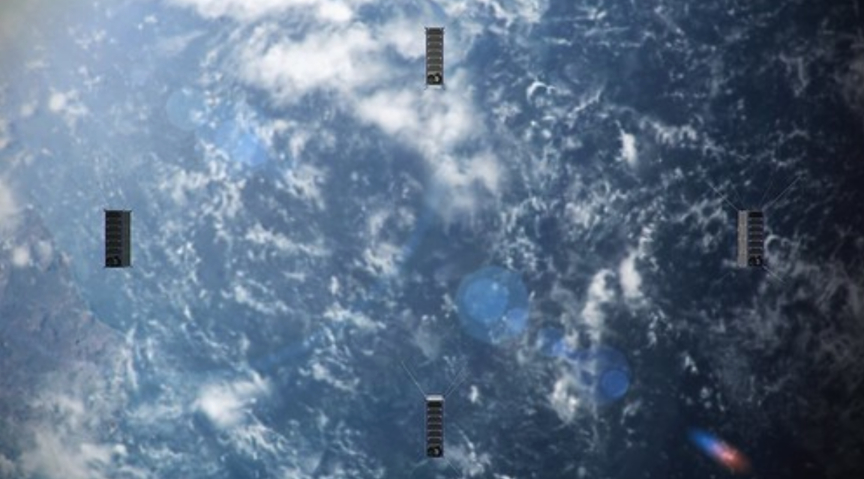
Recent Kleos Space news…
Kleos Space and Global Spatial Technology Solutions’ MOU Enhances Maritime Domain Awareness
Smallsat Utility Project for Militaries Contracted to Kleos Space

